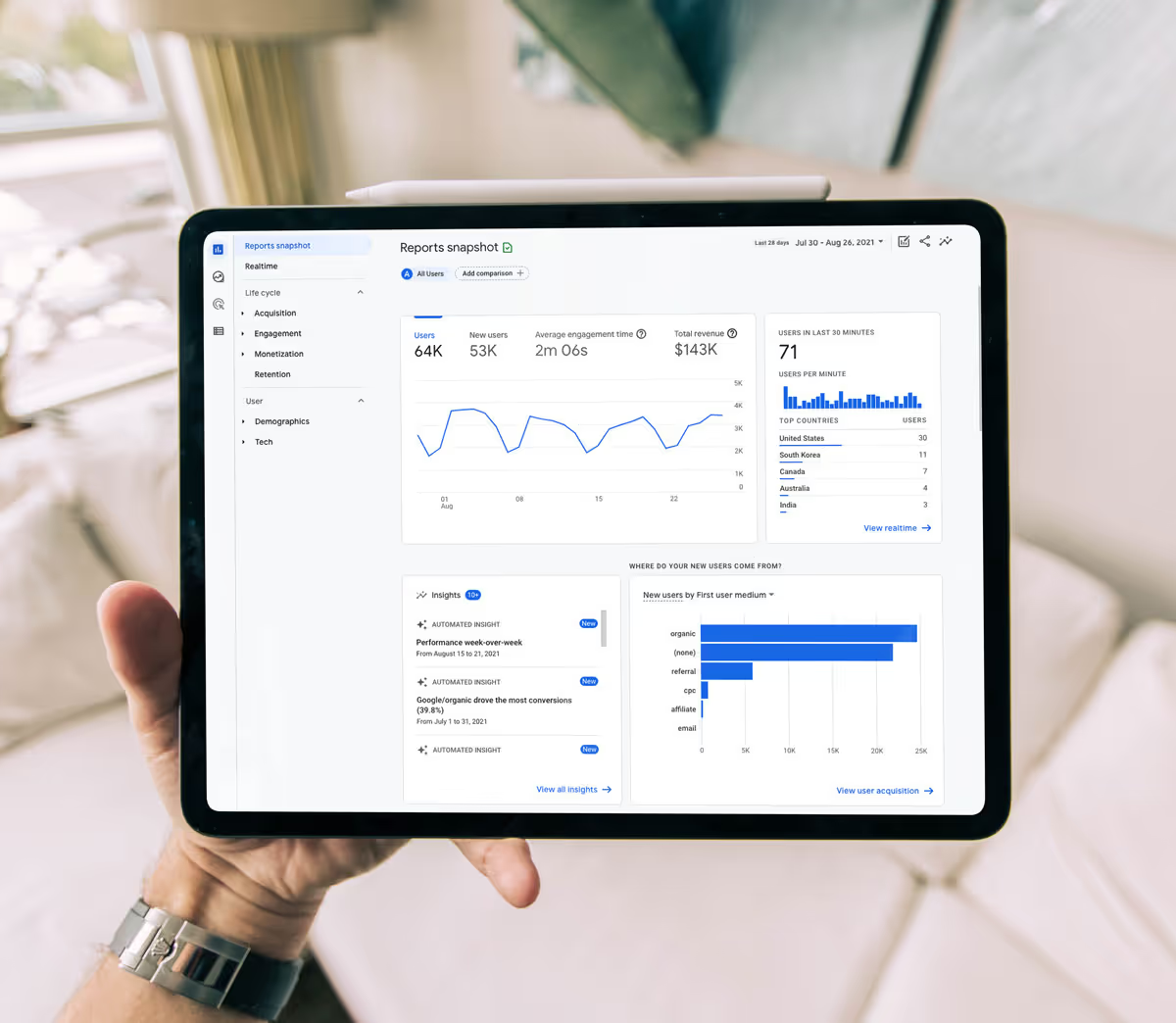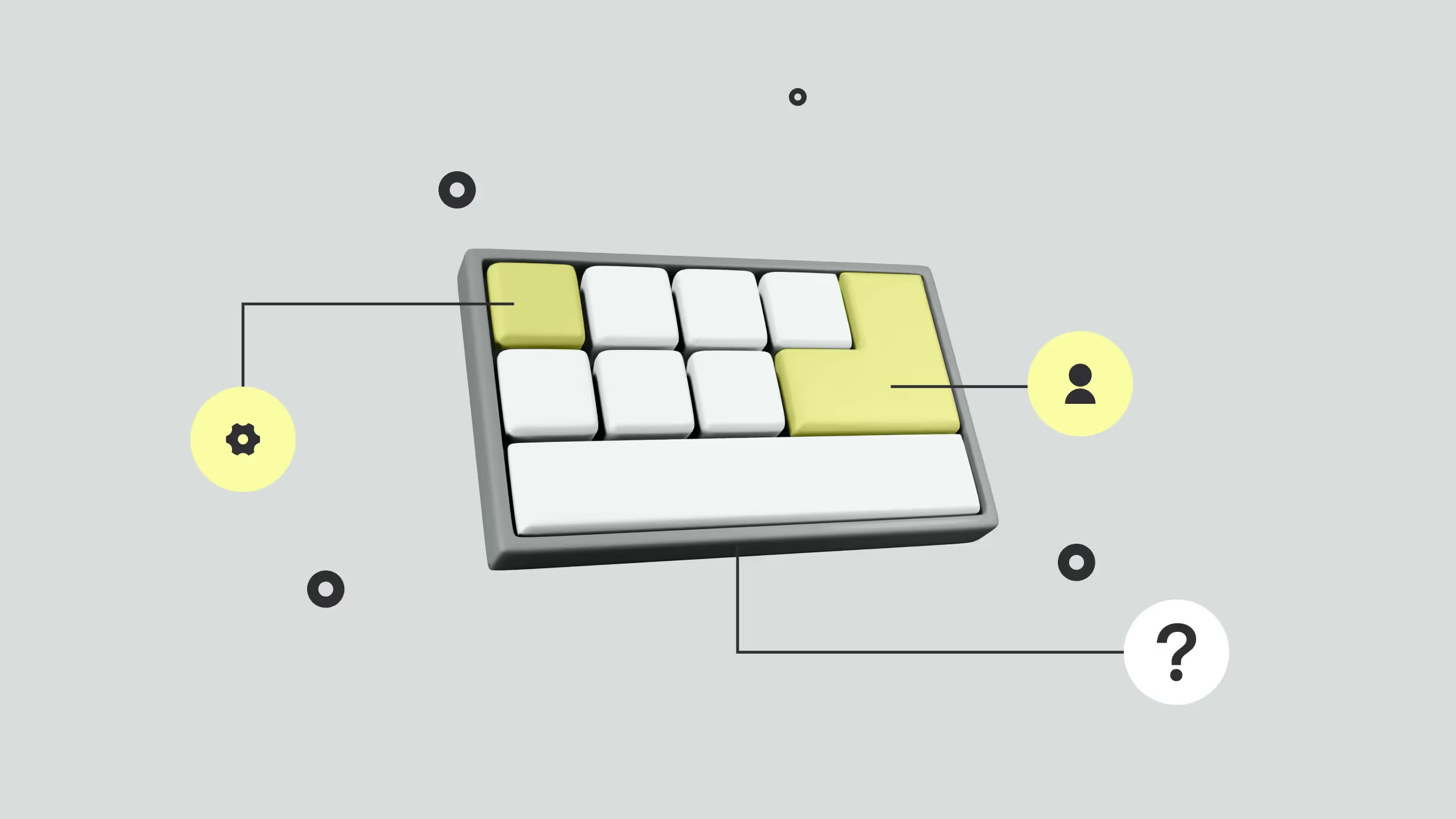Design for Business - Designing for a real users

Good UX design is more than aesthetics, it’s a strategic investment that drives measurable business growth. By prioritizing real user needs through research, testing, and iteration, UX design improves satisfaction, boosts conversions, and increases customer retention. Companies that invest in UX save money on redesigns, reduce development waste, and gain stronger returns through higher engagement and loyalty.
Metrics such as ROI, conversion rate, bounce rate, and user retention clearly show how design decisions impact revenue. Tools like Google Analytics, Hotjar, and A/B testing can help quantify these results. Ultimately, UX isn’t just a design phase, it’s a business strategy that turns products into long-term success stories.
Good user experience can bring many benefits to a company or a brand behind it. There are many ways to improve the user experience of a certain service or a product by building it for the real people who will use it. To produce something like that, the process requires you to analyze past behavior and experience, research the needs and purposes of the target audience, and most importantly, test all those theories in practice. This is the proper way of iterating your decisions the right way.
As we can see, user experience is vastly important for solving user problems and having a successful product. With that in mind, here are the main benefits of a good UX design:
- ROI - Return on investment
- Solving user problems
- Reduced overall project cost
- Increase conversion rates
- Increase revenue
- Increase number of returning users
- User retention
The business value of a good UX design
One of the key benefits of a good UX design is ROI (return on investment) since this is the main parameter that gives the real results of how a project was successful. As an example, we’ll take an approach of a small business owner who knows everything about this business and customers/clients, but nothing about design.
Most times they usually map out the whole website in detail, from how many pages and what each page will have, to a copy and color palette choice, and they just need a designer to draw their idea and develop a website in a short amount of time. Then, even if the designer gives his best to create an aesthetically very pleasing website and develop it quickly, the overall user experience is questionable.
From the perspective of a UX designer, it is often clear that there was no consciousness of working for a specific persona and thinking if the feature would be useful to real users. Web designs like these are easy for designers and developers to make and may work in the beginning, but when it comes to product design, this approach often wouldn’t work for the real person who should use the product. The point is for both the client and the design/development team to work together to achieve the best results. At Broworks, we use our Design Sprint to maximize product potential by putting the target user’s needs first.

What makes a good design process?
The main purpose of the whole process is to solve real user problems and give them value. As mentioned, we can use Design Sprint to have the best approach, using collaborative work with both client and the design team. That is done by brainstorming together over user problems, creating personas and target audiences, and researching and testing our prototypes for feedback straight from the users.
How to measure ROI of design?
There are a couple of business areas where user experience can improve return on investment:
- Revenue
- User retention
- Design and development costs
- Conversion rate
This basically means that you can save both time and money if you invest in a good user experience. This can be huge for your brand and make a big difference between successful and unsuccessful businesses.
We can conclude now that poorly executed and not user-oriented design can be very expensive for a business and make you lose money, instead of earning it. That is why it’s important to conduct proper user research and go through a quality design process, to make sure you have a high-earning business and not waste money on something that will not be successful.
In the end, UX is not just about design, it’s a good business strategy. It’s just like a business plan. We need a vision and a strategy to deliver tangible business results. Other than that, UX can increase team productivity, since they will not waste time rethinking and constantly updating the product without good results.

Values of a good design
- Conversion rate
The first way of measuring ROI is through a conversion rate. Conversion rate shows how many people click on a CTA (call to action) and complete its purpose. It’s important to keep in mind that ROI in UX can’t increase overnight, since it takes time and money to achieve certain business results. But this will be a good investment because you will stand on solid ground and minimize design mistakes that can cost much more. - Bounce rate
Bounce rate is the percentage of users who leave a website completely after browsing a single page. Good UX will keep users on a website and bring the bounce rate to a minimum. This can also be a measure of a good ROI if invested in UX design. Google Analytics can be a great tool to keep track of this data. There you can compare optimized and not optimized pages and see how much investment in user experience design paid off. - Customer support
It is possible to use customer support directly on a website using chatbots. They are 24h support and can answer specific user questions and thus increasing user experience overall. They are not perfect for more complex problems but can help identify common questions and give users the right direction. - User testing
There are many online ways of testing how people interact with the product you’ve designed. Some of them are Google Optimize, Crazy Egg, and User testing. Even tracking in Google Analytics, HotJar, and A/B testing can measure design results.

The challenges of measuring design performance
It is difficult to associate the importance and values of design ROI when it comes to profit. Many calls and requests to customer service lead to the cancellation of subscriptions and a reduction in the number of visitors and orders. One strategy that can be used here is creating positive user experiences where an increase in customer satisfaction is adding essential value to the product.
To wrap it up
The values that user experience design can bring to a company can play an important role in its business results. From a user perspective, a good UX helps them achieve their everyday goals as efficiently as possible. Testing results can also measure the success of a design. It’s important to use different methods that can help in creating the solution that will fit users’ needs.


.svg)
.svg)


